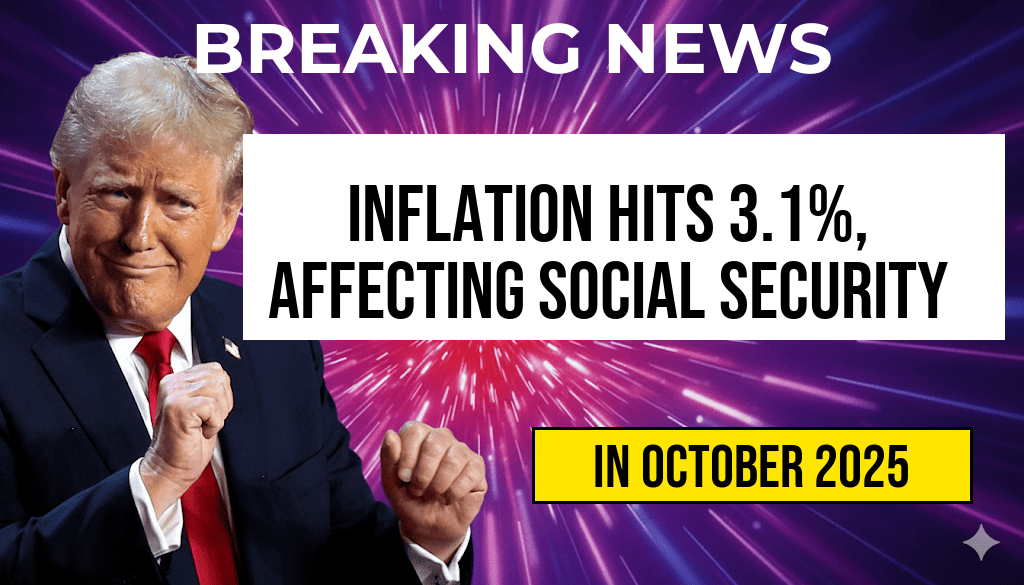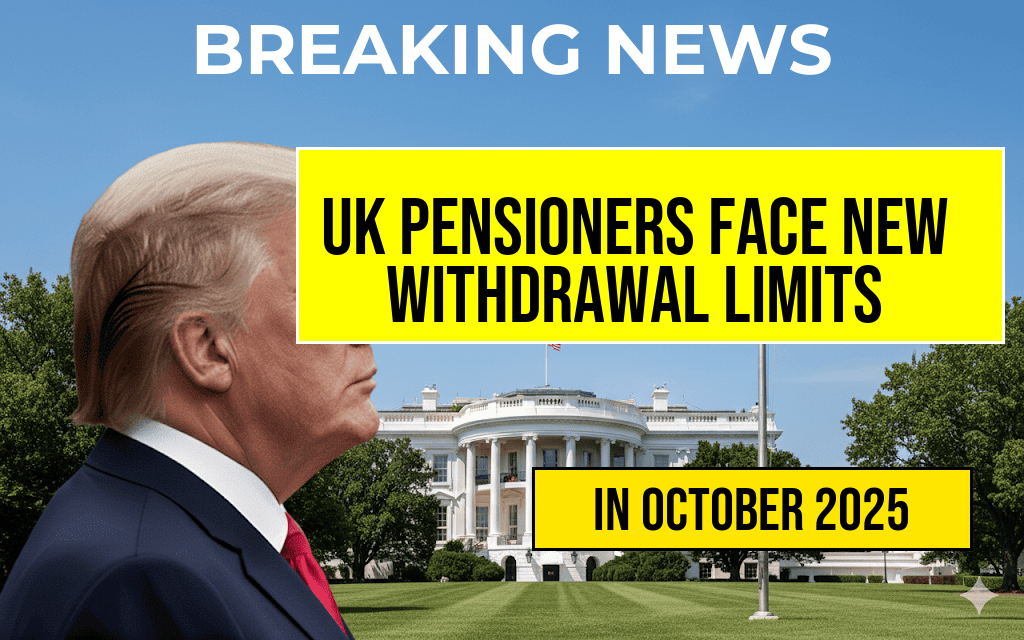As the calendar turns to October, millions of Americans who rely on the Supplemental Nutrition Assistance Program (SNAP) are facing significant changes that could drastically affect their food security. The Biden administration is implementing a sweeping overhaul of the SNAP program, which includes the expiration of emergency benefits that were initially put in place during the COVID-19 pandemic. These benefits, designed to help those in need during a time of unprecedented economic strain, will be phased out, leaving many households to navigate a new reality with reduced assistance.
Understanding the Changes to SNAP Benefits
The forthcoming adjustments to SNAP are part of a broader effort to recalibrate assistance programs as the country moves beyond the pandemic. The emergency benefits, which provided an additional $95 per month to eligible households, will no longer be available. This reduction is expected to have a profound impact on food access for vulnerable populations.
Key Dates and Details
| Date | Event |
|---|---|
| October 1, 2023 | Expiration of emergency SNAP benefits |
| October 2023 | Implementation of new eligibility criteria |
Who Will Be Affected?
The reduction of SNAP benefits is expected to impact millions of families who have come to rely on the increased assistance. According to the U.S. Department of Agriculture, approximately 42 million individuals received SNAP benefits in 2022. As these emergency funds disappear, many of these households will face increased challenges in meeting their nutritional needs.
- Low-income families with children
- Individuals living alone, particularly seniors
- People with disabilities
Community Responses and Resources
Advocacy and Support Initiatives
Advocacy groups are urging the government to reconsider the decision to cut these essential benefits. Organizations such as the Hunger Free America are calling for policy changes that would help sustain support for low-income families. Many are also providing information on how to access food resources and apply for SNAP benefits amid the changes.
Looking Forward
The SNAP overhaul is just one part of a larger discussion about food security and economic stability in the country. As the government shifts its focus from pandemic recovery to long-term support, the challenge remains to ensure that vulnerable populations continue to receive the assistance they need. This month’s changes will likely serve as a litmus test for future policy directions in welfare and food security programs.
While the impact of these changes is yet to be fully realized, it is clear that the road ahead may be difficult for many Americans. As communities come together to support one another, the importance of accessible food resources and robust social safety nets has never been more evident.
Frequently Asked Questions
What are SNAP benefits?
SNAP (Supplemental Nutrition Assistance Program) benefits are government-issued financial assistance provided to low-income individuals and families to help them purchase food.
Why are SNAP benefits disappearing in October?
The October overhaul is part of a policy change aimed at addressing budget constraints and reallocating resources. As a result, many recipients may see their benefits reduced or eliminated.
Who will be affected by the changes to SNAP benefits?
The changes will primarily impact low-income families and individuals who rely on SNAP for food security. Those who do not meet new eligibility criteria may lose their benefits.
What should recipients do if they lose their SNAP benefits?
If recipients lose their SNAP benefits, they should explore alternative food assistance programs, such as local food banks or community organizations, and check if they qualify for other forms of assistance.
Is there any way to appeal the decision regarding SNAP benefits?
Yes, recipients can appeal the decision regarding their SNAP benefits by following the formal appeal process outlined by their local SNAP office. It is important to act quickly and provide necessary documentation.












